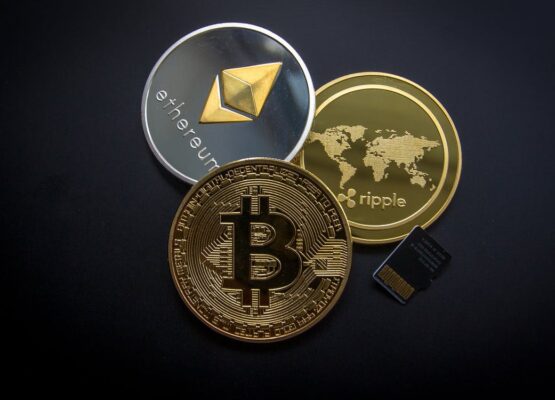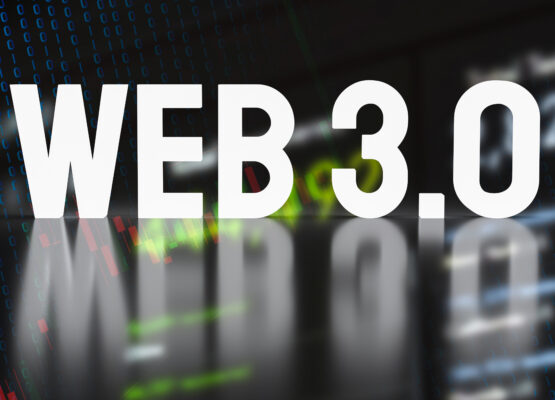
Before the birth of crypto, the economy was controlled by countries and determined by tangible assets like gold reserves. The governing laws and borders restrict the potential for global commerce as they impose fees, cutoffs, and slews of protocols on people sending and receiving money.
Now, there is an alternative option for exchange that rivals the traditional global exchange. This new finance option is not under any authoritarian body or regulated by any country. This exchange is made by a peer-to-peer system called cryptocurrency.
The New Age of Exchange
The dawn of a new global exchange arose in 2008 where instead of being governed by laws, the value is stored through a process called cryptography. By storing and transferring value digitally, cryptography provides a secure option for exchange and cryptocurrency is the method of exchange.
For more than a decade, crypto has become a household name, especially in nations that have a low economy, to store more value through crypto instead of their own devalued currency. This industry is now valued at over one Trillion US dollars, however as it is deregulated and unstable in its value, crypto has its risks. Many companies failed and only a few succeed because of the community that uses them.
How Crypto Can Address Global Payment Challenges
As globalization makes the world of exchange smaller, many are still unfamiliar with the obstacles that prevent payment through money transfers across borders. Obstacles like taxes and tariffs vary depending on the country, these are also the same with people sending money from one country to their family members, and those whose assets were frozen through war.
These obstacles regulate the flow of finances that provide order in the economy. However, these tariffs and taxes hinder it from being used by many, especially those who can’t afford it.
Crypto as an Alternative Form of Finance
With the introduction of electronic finance, this made global exchange accessible to the public. As an alternative to traditional trade, digital financing provides many people the avenue to purchase goods and send money. With cryptocurrency leading the way in financial freedom, people now have a safe avenue to make transactions with little effort and affordable fees.
Conclusion
With the world of finance getting faster and smaller because of the digital age, many people are taking advantage of this avenue of financial freedom. It is a common form of transaction in first-world countries and a vital form of financing in war-torn ones. In its infancy, it may have its flaws, but as technology moves forward, digital finance will have a better future.




